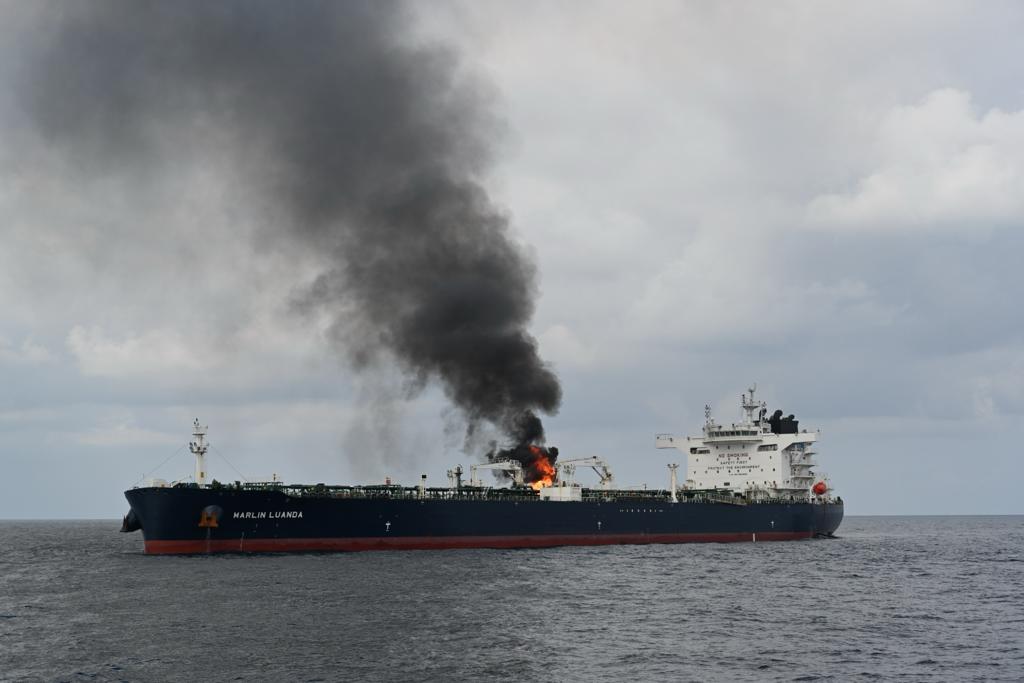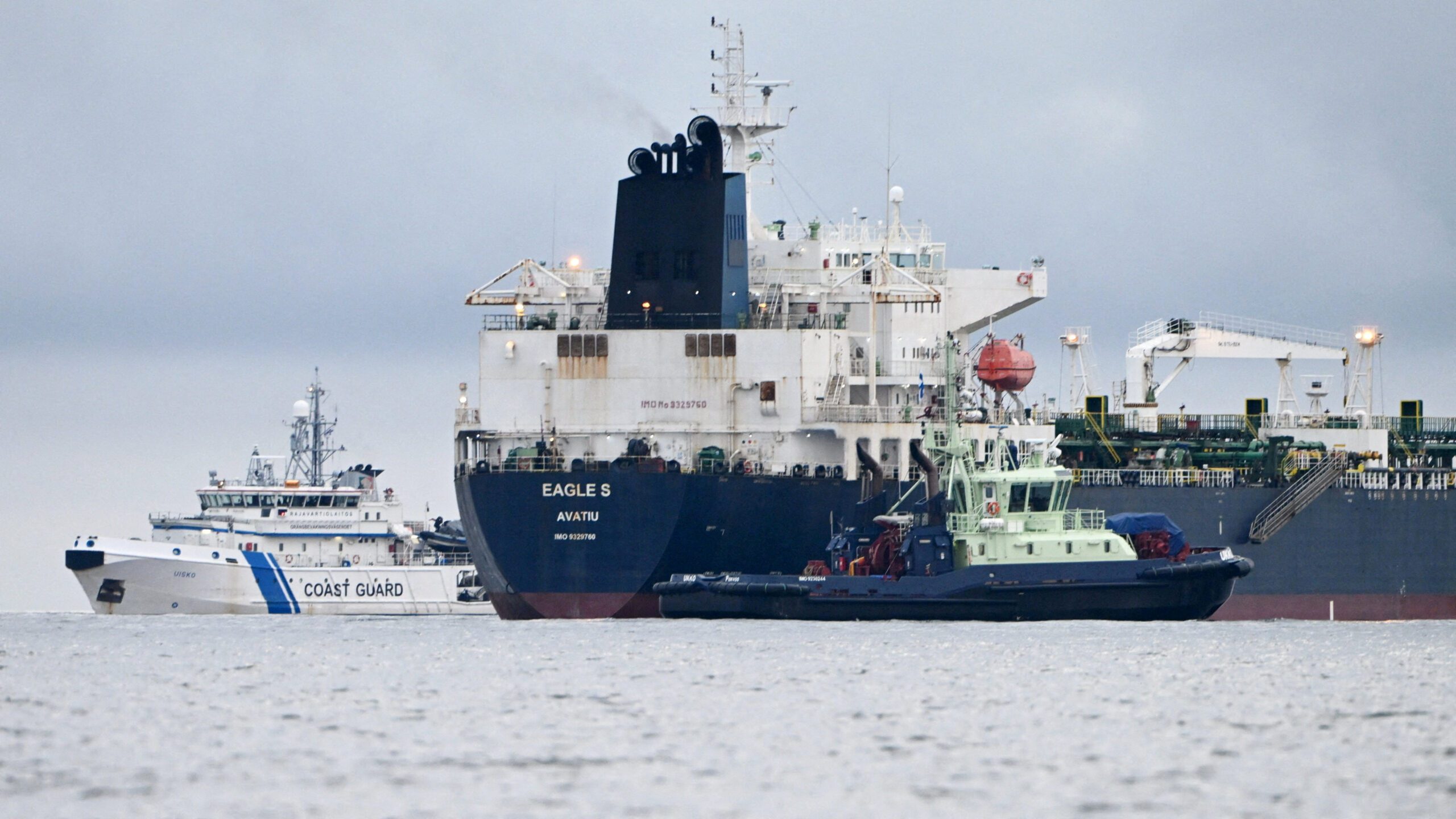By Jack Wittels
Dec 4, 2024 (Bloomberg) – Captain Avhilash Rawat had just finished dinner when an anti-ship ballistic missile smashed into his oil tanker.
“The whole vessel shook,” he said, in an interview before receiving an award for bravery at sea from the maritime industry’s main regulator. “I stopped walking and I started running — toward the bridge.”
It was the early evening of Jan. 26 and Rawat’s 820-foot freighter had just been struck off the coast of Yemen in waters where Houthi attacks were — and remain — commonplace. There was now a hole of about 5 square meters in the tanker’s deck and a fire was roaring. Rawat had no idea whether or not another strike would follow.
Rawat was speaking about one of the highest profile incidents in a Houthi campaign that began late last year that shows no signs of stopping. The militants began by going after vessels with any connection to Israel before widening their targets to include British and American-linked boats.
Just this weekend, US navy destroyers dealt with a fresh barrage that included three anti-ship ballistic missiles. While many vessels now avoid the route by going round Africa, a significant number still pass Yemen’s coastline.
Rawat’s first-hand account gives a sense of the perils of sailing on what have become some of the world’s most dangerous waters. The route had previously been a routine short-cut for almost all merchant marine trade between Asia and Europe. Today, most reputable firms tend to avoid the area.
The missile ruptured the top of a cargo tank containing naphtha. That oil was now burning. In total, the tanker, the Marlin Luanda, was carrying about 700,000 barrels of the petroleum product, which is used to make gasoline and plastics.
If the fire spread to adjacent tanks, the whole ship could have gone up in flames.
Rawat issued a Mayday broadcast. He began slowing his ship and maneuvered it so that the wind was blowing the flames — which were “more than 10-15 meters” high — in a safer direction. They fought the blaze with an inert gas system and foam, but the latter soon ran out. Rawat said they kept going with seawater. French and US frigates assisted. Still, the fire raged.
As if this wasn’t enough, Rawat also knew that the waters off Somalia are a notorious hotspot for piracy. And his stricken ship was moving toward the east African country’s coastline.
Indian Rescue
Rawat was in touch with the firm that had hired the Marlin Luanda’s crew as well as the cargo owner, commodity trading giant Trafigura Group. He was told that he could abandon his ship. He didn’t.
With the fire continuing, and Rawat and his crew still on board, the Indian navy reached the scene. Eventually, with the navy’s help, a huge metal plate, fitted with chains, was dragged over the flaming cargo tank, starving the fire of oxygen. More foam and seawater were used. Finally, it was extinguished.
It had burned for about 20 hours. Rawat ended up being awake for about 36. Staying on board, he’d prevented what could have been an environmental catastrophe and had secured the vessel and its cargo.
On Dec. 2, Captain Rawat and the crew of the Marlin Luanda received an award for Exceptional Bravery at Sea from the International Maritime Organization, the shipping industry’s global regulator.
“I forgot that a person needs to sleep,” Rawat said. “It was very scary, frankly speaking. If I close my eyes, I can see the fire in the back of my mind.”
© 2024 Bloomberg L.P.

 Join The Club
Join The Club











